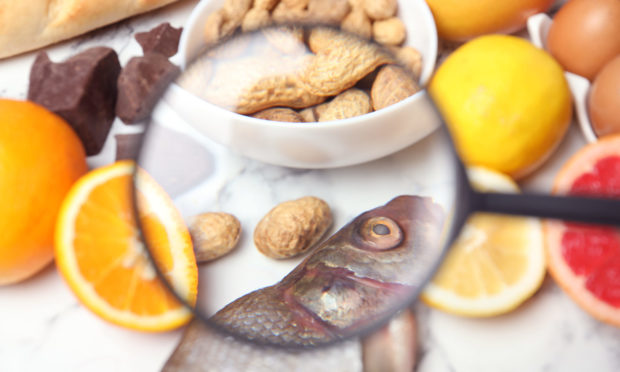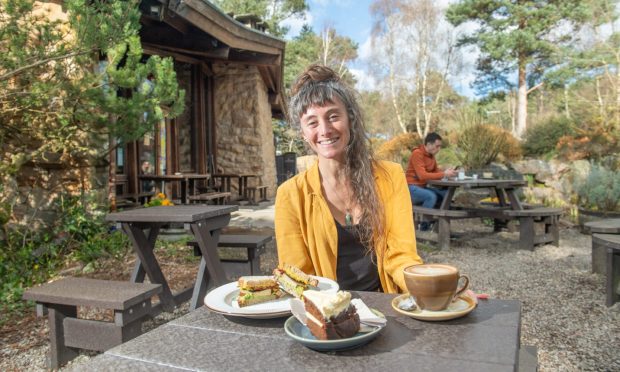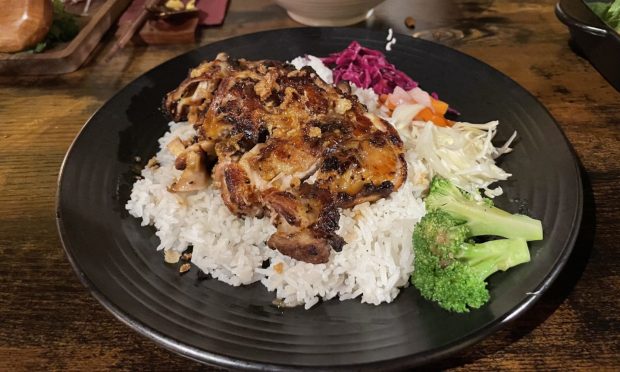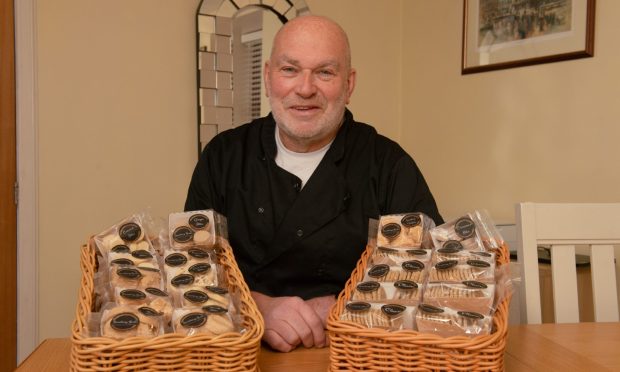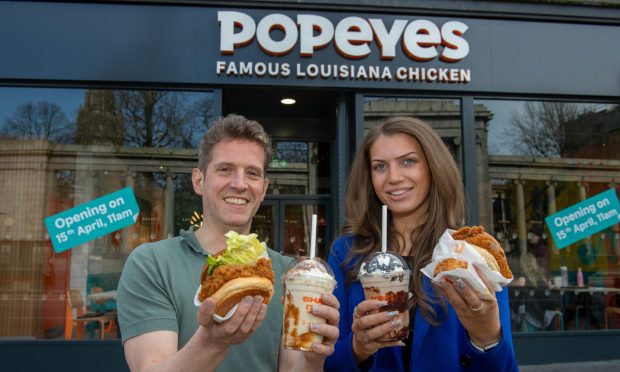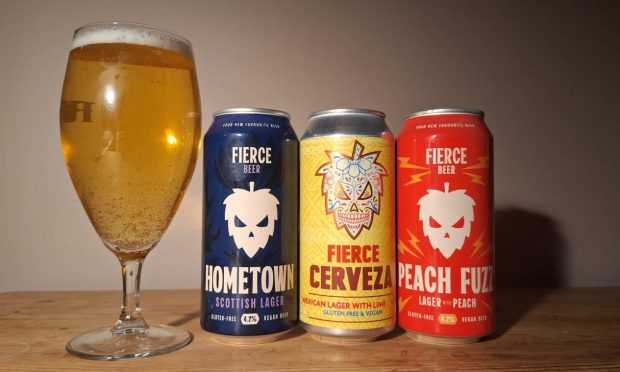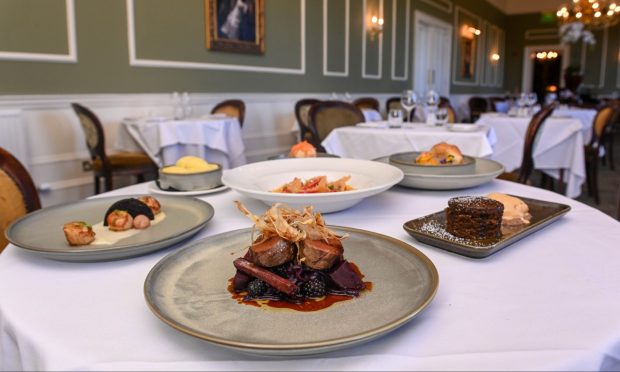If you’re lucky enough not to have any allergies or intolerances then you may think food isn’t a big concern when it comes to your wellbeing, but some of our most-loved staples, including rice and kidney beans, hold some hidden dangers…
You probably haven’t realised it, but some of our most commonly-eaten foods, such as chicken, kidney beans and rhubarb, have the potential to cause food poisoning and, if not handled with care, make the consumer very unwell.
But, despite the risk, there is no need to stop eating them completely as a little extra precaution and following our guide below will ensure everyone stays safe while still enjoying their favourite meals.
Health and safety experts from CE Safety recently identified six foods regularly eaten in the UK that we should be cautious about – chicken and rice are perhaps the most well-known ones, but there are also risks associated with eating green almonds, red kidney beans, elderberries and rhubarb, that aren’t so well known.
A spokesperson for CE Safety said: “Many of these food items are regularly used in meals made throughout Britain but this only highlights the importance of proper food preparation at all times.
“Ensuring cross-contamination doesn’t occur and that food is correctly prepared and cooked will reduce the risk at dinnertime.
“If in doubt it’s always safer to overcook something instead of undercooking it and leaving diners open to the risk of food poisoning.”
Chicken
Undercooking or eating raw chicken is one of the riskiest mistakes you can commit in the cooking world. Where it’s ok to leave beef and lamb slightly pink, or to order your steak “rare”, leaving chicken even the slightest bit pink can put you at risk of salmonella.
The NHS says on its website: “When cooking a whole chicken or bird, pierce the thickest part of the leg (between the drumstick and the thigh) to check there’s no pink meat and the juices are no longer pink or red.”
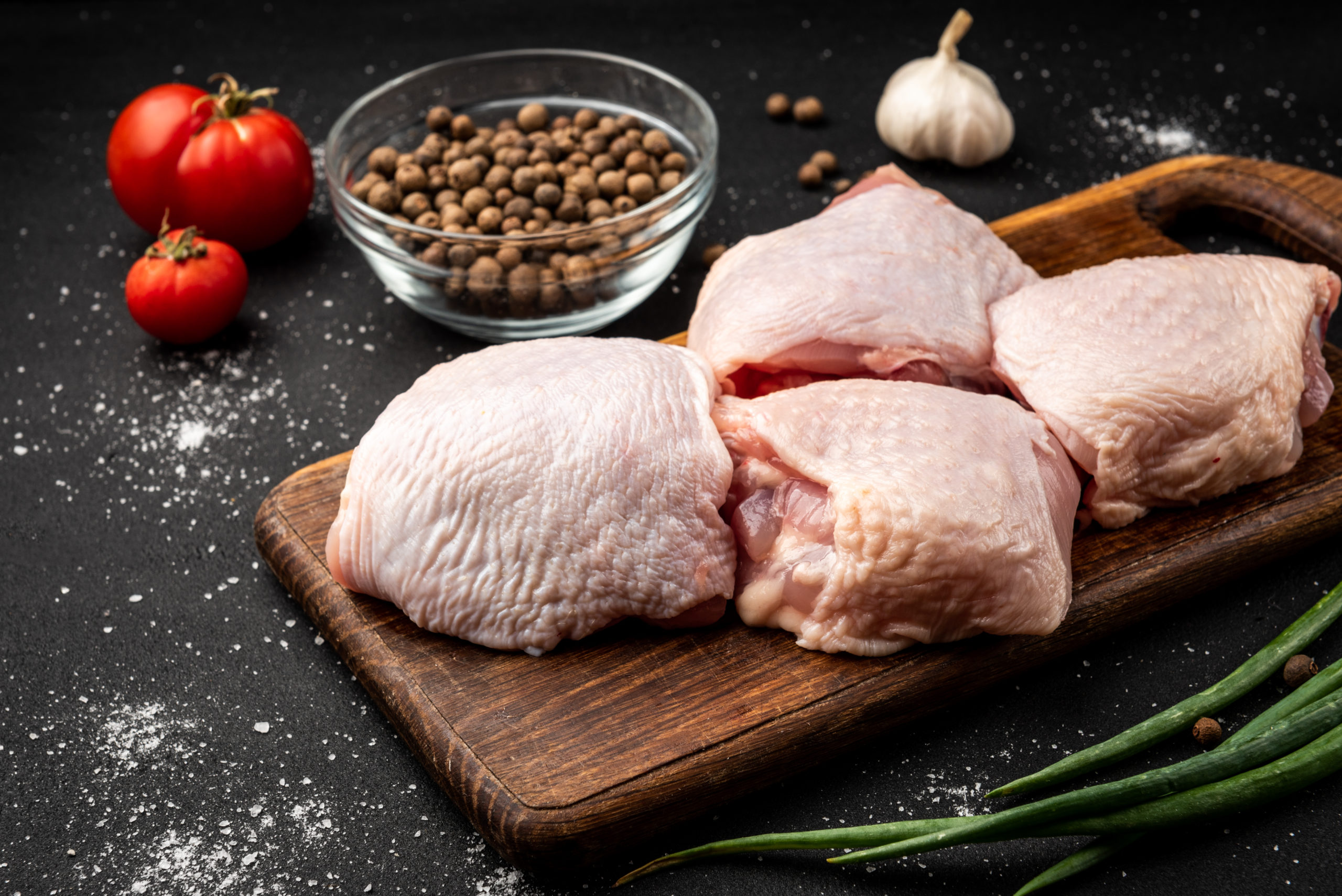
Other ways to ensure you’re cooking and eating chicken safely are by not washing raw chicken before cooking it, as this could cause some of the harmful bacteria to splash around the kitchen and over other utensils. That said, anything that does come in contact with raw chicken – pans, fish slices, tongs, counter tops, chopping boards and even hands – should also be washed as soon as possible before cross contamination occurs.
Also, it’s important not to defrost any chicken on a counter top – defrost it in the fridge, overnight in a container and that will stop the raw chicken juices from spreading or dripping onto food below.
Rice
One of our diet staples, rice, isn’t harmful in itself, the problem lies with reheating it and how it is stored before reheating.
As we said in our guide to cooking rice to perfection, rice leftovers are fine to eat as long as they are stored and re-heated safely. The NHS also advises putting rice in the fridge within an hour of cooking it and reheating it thoroughly no more than a day later.
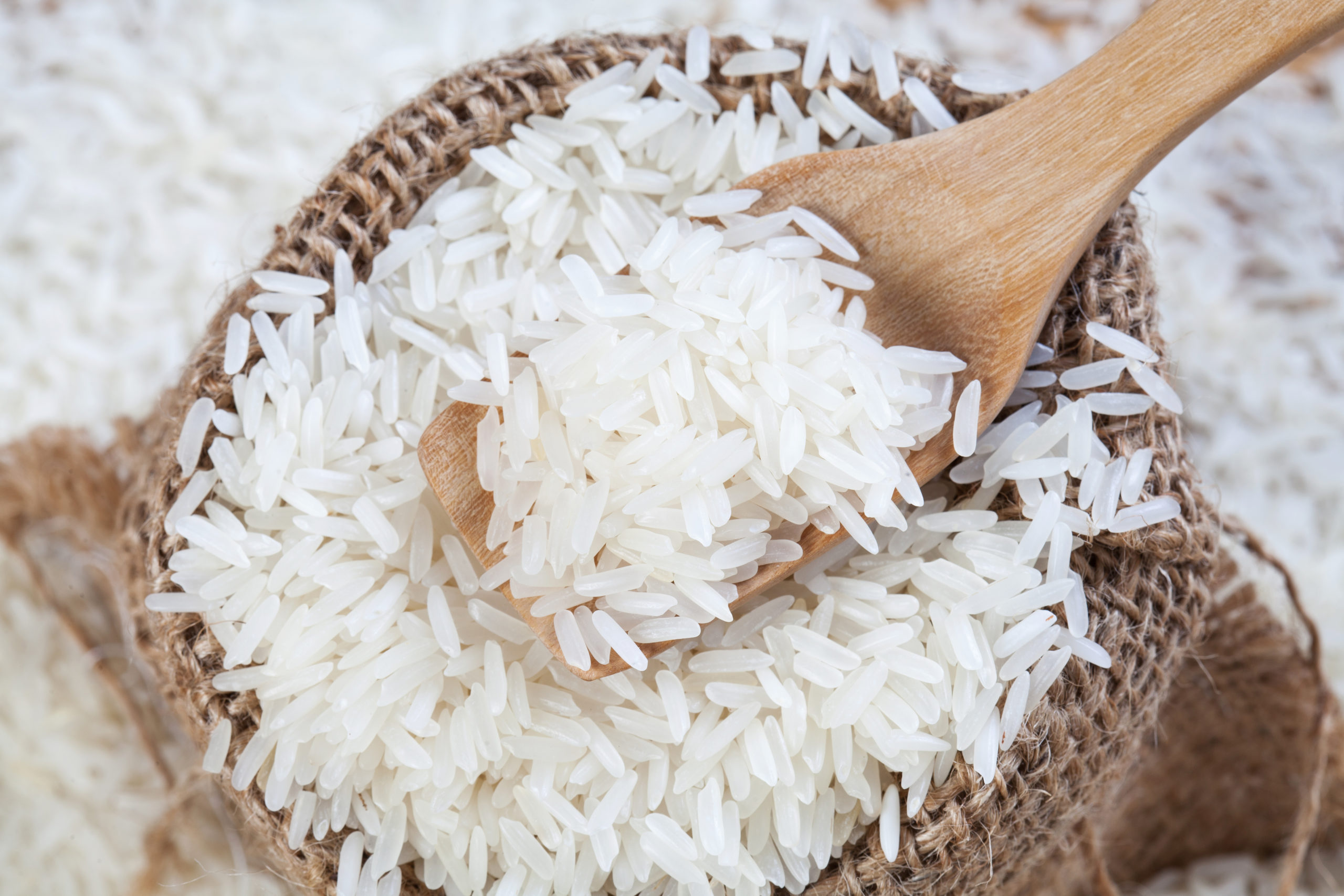
The longer cooked rice is left at room temperature, the more it becomes unsafe to eat as the harmful bacteria or toxins it can hold are likely to have multiplied. So once it’s cooked, cool any leftovers as quickly as possible and store in an airtight container in the fridge.
Re-heating rice from a takeaway is not advised as you can’t be sure of how it was stored before it was cooked.
Rhubarb
For keen foragers out there, or even those partial to the odd rhubarb crumble, this is an important one to note – though the rhubarb fruit itself is safe to eat, its leaves are tremendously poisonous.
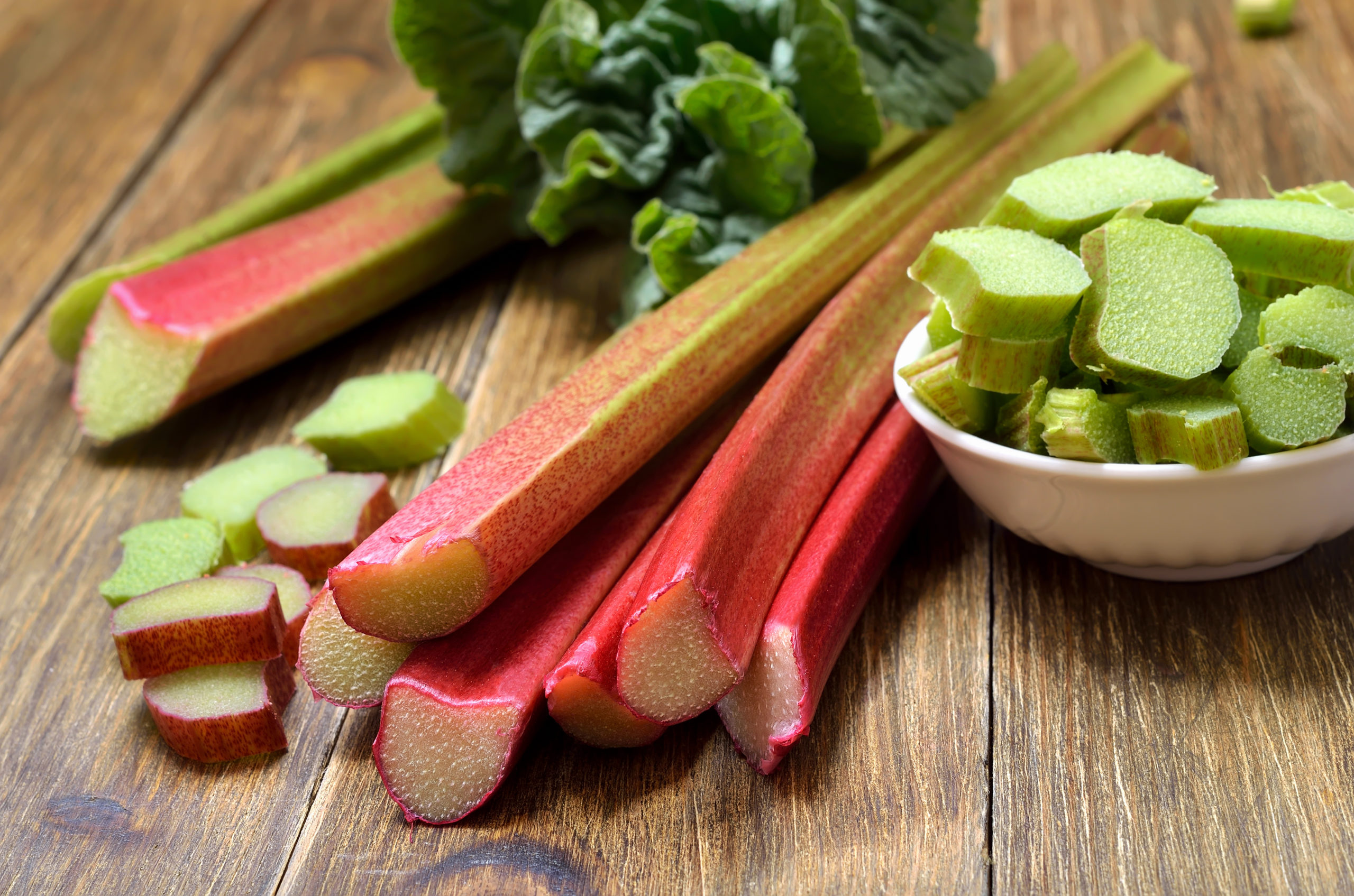
The leaves contain very high levels of oxalic acid that can lead to kidney failure and, worst case scenario, death.
But, that said, the rhubarb itself is completely safe to eat and will cause you no harm.
Red kidney beans
Another perhaps lesser well known danger lurking in our pantries is red kidney beans. Similar to rice, much of the danger lies in the way they are cooked and stored.
Despite often being referred to as a “superfood” and being high in protein, fibre, vitamins and minerals, kidney beans are also rich in lectin, which has a detrimental effect on the body when kidney beans are undercooked or eaten raw.
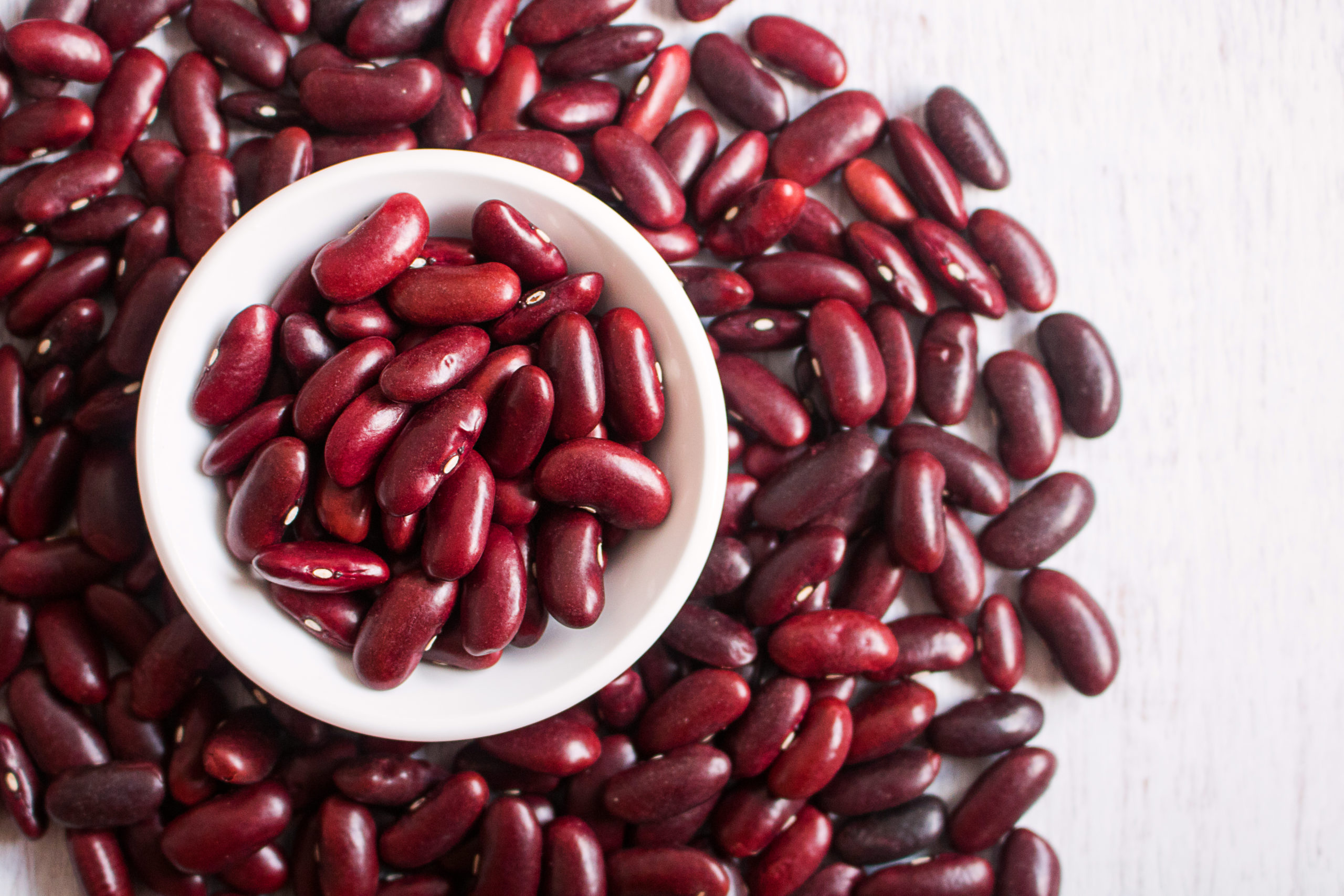
Though not fatal, just a few undercooked kidney beans are enough to cause major gastrointestinal distress and symptoms such as diarrhea and vomiting. Long-term effects of lectin consumption can lead to damage to the gut wall and stop the stomach from absorbing essential nutrients.
To avoid discomfort but still enjoy your chilli, it’s recommend that dried beans (i.e. not in a can with water) should be soaked in water overnight and then boiled for at least 10 minutes before being used in cooking. Red kidney beans that come in a can and are already in water are perfectly safe to consume.
Elderberries
Unless you have foraged them yourself, elderberries are safe to eat – just be sure they are ripe first. Unripe elderberries can contain poisonous glycoside and lectin, which can also turn to cyanide in the digestive system and is extremely harmful to humans.
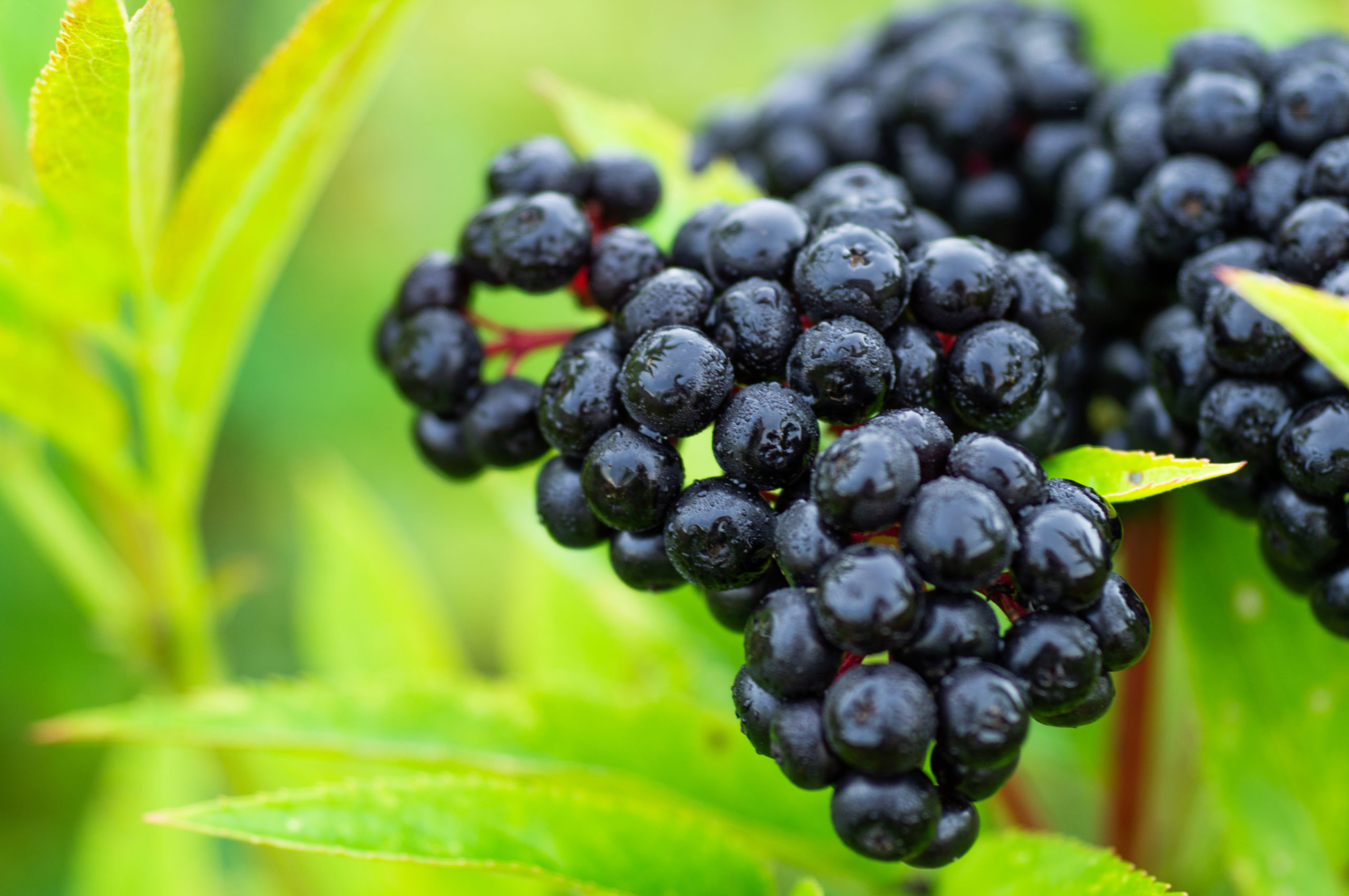
For the safety of everyone, be sure when out foraging that you don’t accidentally pick up any leaves, twigs or seeds surrounding the elderberries and that any berries or seeds are cooked thoroughly to reduce the risk of consuming harmful toxins.
Raw almonds
Also known as “green almonds”, these sweet nuts are harmless in their shop-bought form, when they will have undergone a heat treatment to remove harmful toxins (though sometimes small traces can be found). But in their rawest form, almonds contain cyanide which can lead to a loss of consciousness if we are exposed to it in high volumes.
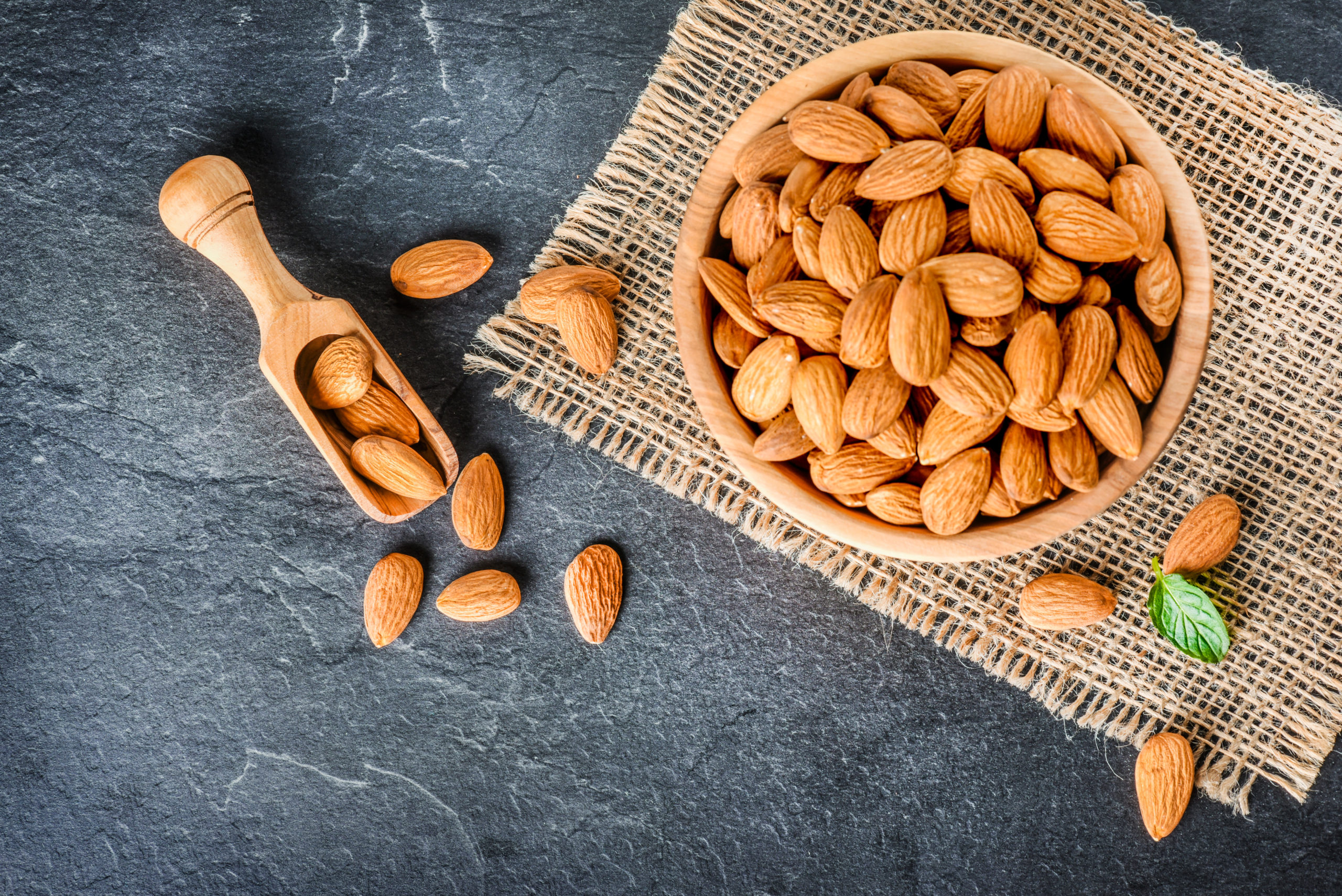
Though we know not everyone in Scotland will have an almond tree in their back garden and that the majority of our almond consumption is of the safe shop-bought variety.
